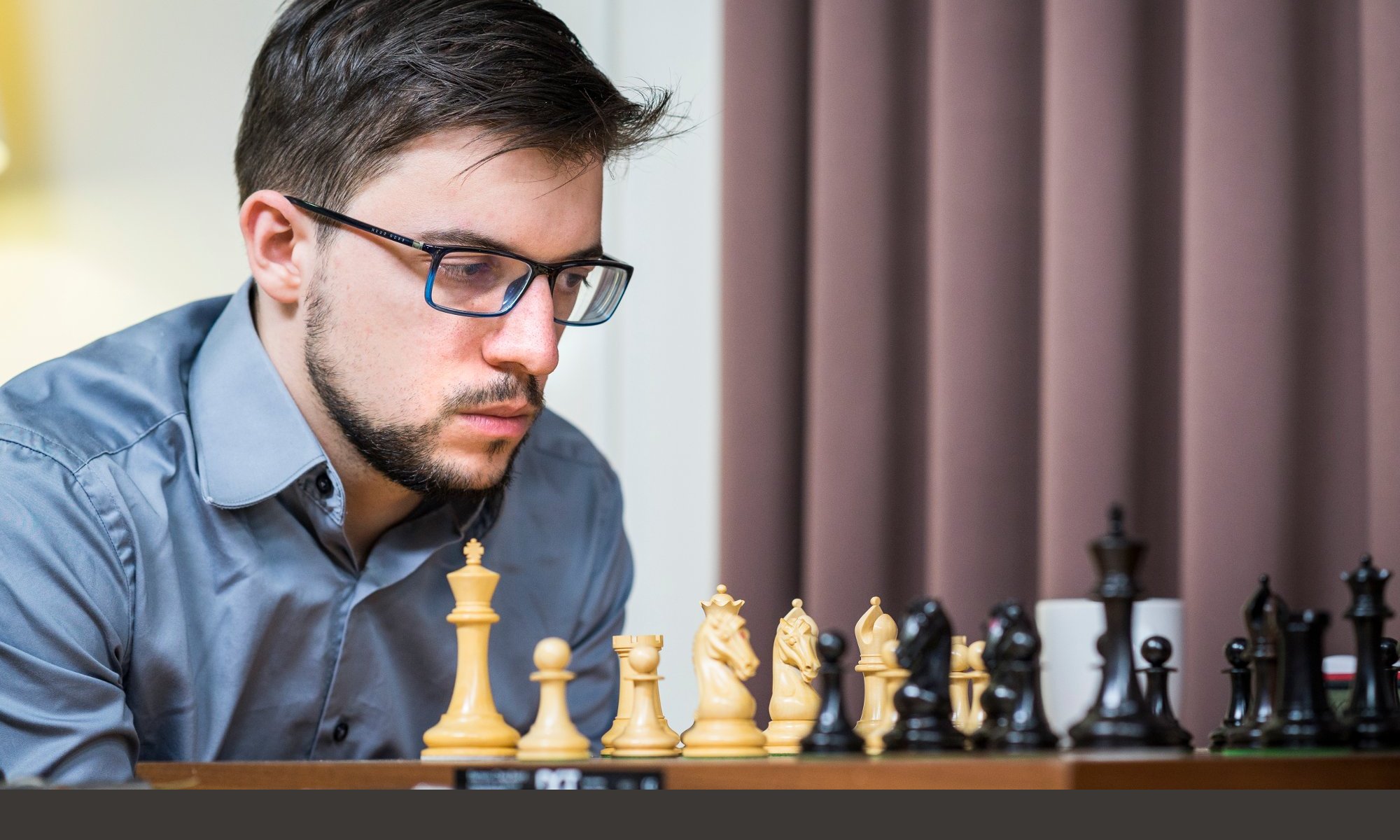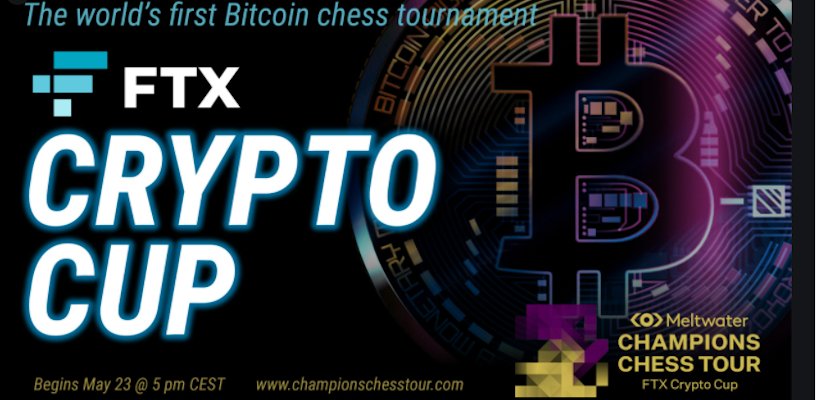The Crypto Cup, the sixth tournament of the professional online circuit organised at the end of May and supported by the cryptocurrency trading platform FTX, marked the resumption of competitions. A resumption promised to take place at a sustained pace since the next few months will see the interweaving of physical competitions – which start up again in June with the first stages of the Grand Chess Tour in Bucharest and then in Paris – and the elite online tournaments.
The Crypto Cup was obviously my first playing commitment since the Candidates. I was impatient, I wanted to see where I stood before resuming the tournaments. And I was quite reassured overall, especially after the 15 games of the three days of qualification. Of course, there was that game against Mamedyarov, which wasn’t very good, but it was my only loss in the preliminaries.
Overall, I think I had a better handle on things than in previous tournaments, with a couple of very good games too, especially against Magnus and Nepo.
Here are some highlights of my Crypto Cup:
Round 2: Grischuk – Mvl 0-1
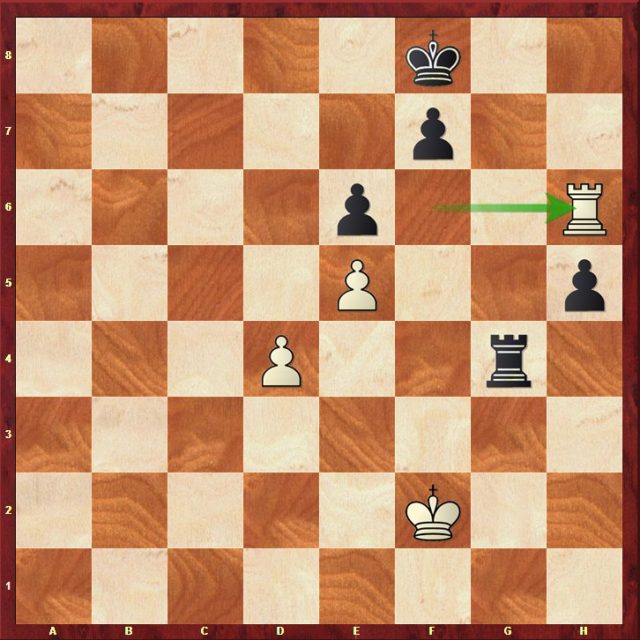
In this Rook endgame, I found the cleanest way to the win; it’s a classic manoeuvre, but always pleasant to play: 64…Rxd4 65.Rxh5 Rd5 66.Ke3 f5! (the Rooks’ lateral opposition prevents the en passant capture) 67.Kf4 Rd4+ 68.Kg5 Kg7! 69.Rh1 Rg4+! (the King must be pushed away first; 69…Re4? 70.Ra1) 70.Kh5 Re4 71.Kg5 (71.Ra1 Rxe5 72.Ra7+ Kf6) 71…Rxe5 72.Ra1 Re4 with a trivial win.
Round 4: Carlsen – Mvl 0-1
1.e4 c5 2.Nc3 d6 3.f3!?. On the « board », I really thought it was a mouse slip. Because I didn’t know that he had already played this little idea in a Bullet game against Firouzja; hard to guess without this reference 🙂 .
As a result, I got a Dragon position with white’s bishop on e2 instead of b3.
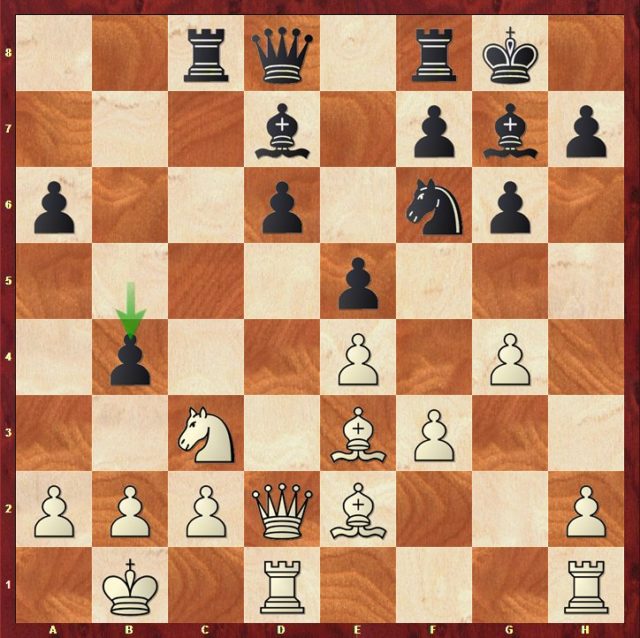
Here, it was necessary to play the somewhat counter-intuitive 16.Qxd6! bxc3 17.g5, which I had anticipated, but looked over-optimistic for white. The machine confirms that this was best, but Magnus played the more human 16.Nd5 Nxd5 17.exd5 (perhaps he had planned to take back with the Queen, before realising that 17.Qxd5 Be6! 18.Qxd6 Qa5 was very risky, for example 19.b3 Rxc2!), but after 17…e4! 18.fxe4 Re8, Black has a more pleasant game.
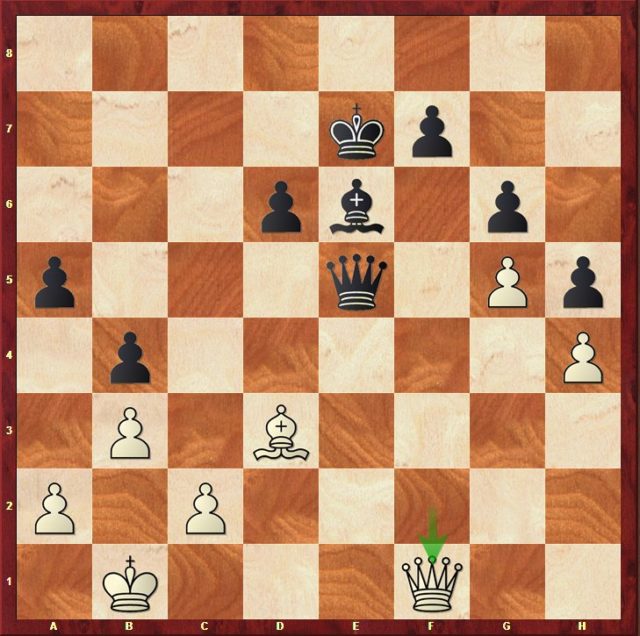
In this endgame with an extra pawn, I had to find a way to progress, as I could not bring my King directly. And here 35…Bf5 was the right choice, exchanging an important defender, the bishop on d3. 36.Bxf5 (if the Bishop escapes the exchange, black’s Queen will be able to attack c2 and h4) 36…gxf5 and the new passed pawn is too dangerous.
Round 7: Mvl – Svidler 1/2
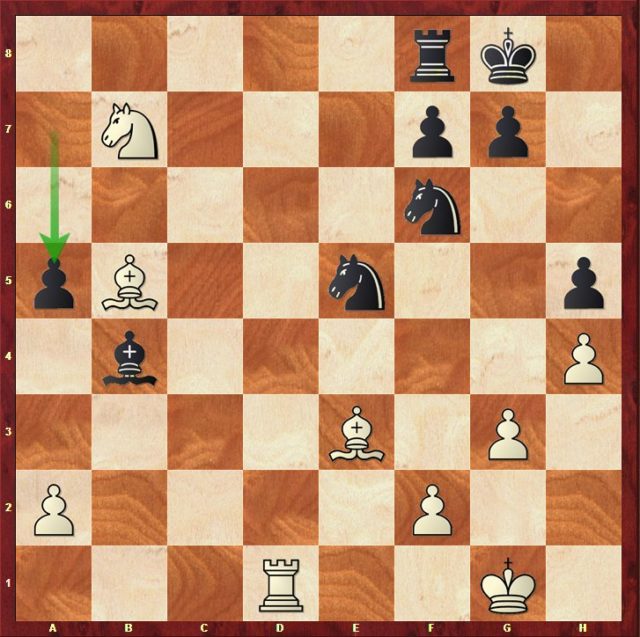
This is the kind of game where white is better, thanks to the bishop pair, but where the slightest inaccuracy can wipe your advantage out. This is what happened here after the hasty 31.Bb6? Ne4!,and thanks to the threat of …Nc3, Black is active and completely out of danger. A more careful analysis of the position would have allowed me to understand that it was not necessary to attack the a5-pawn directly. I should rather have started by decentralizing black’s Knight with 31.Bf4!, and White would then have kept an obvious edge.
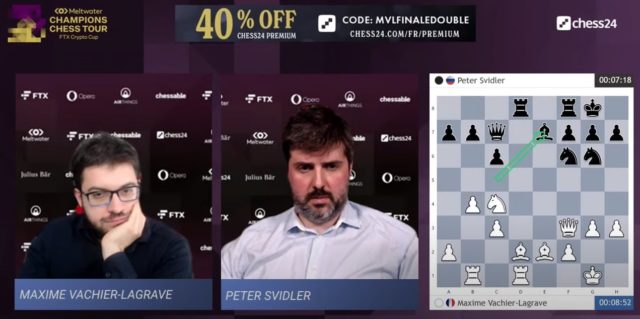
In action against Svidler (image https://chess24.com )
Round 9: Mvl – Radjabov 1/2
Another interesting endgame on the theme of the bishop pair!
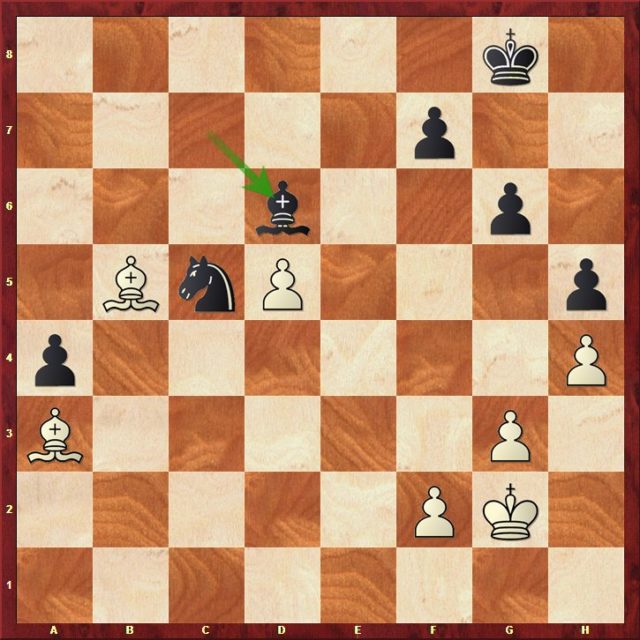
Here I played 43.f3? which unfortunately posed no problem for Black after 43…Kg7 44.g4 Kf6. Instead, I had a very interesting try, starting with the natural 43.Kf3. In fact, this was my first choice but I rejected it because after 43…Ne6 44.Bxd6 Nd4+, I had only considered a natural King move like 45.Ke3, but 45…Nxb5 46.Bc5 a3 47.d6 a2 48.d7 a1=Q 49.d8=Q+ Kh7, and white’s King is too exposed to checks. But by deduction, one understands that the same variation should be played with the nuance 45.Kg2! Nxb5 46.Bc5 a3 (46…Nc7 47.d6 Ne6 48.d7 Kg7 49.Be7 a3 50.Bxa3 Kf6 51.Kf3 Nd8 must draw as well, even if in practice, white still pushes after 52.Kf4) 47.d6 a2 48.d7 a1=Q 49.d8=Q+ Kh7 (49…Kg7 50.Qf8+) 50.Qd7 Qb2 51.Qxf7+ Qg7 and black will still have to fight for the half-point.
Round 11: Mvl – Nepomniachtchi 1-0
A really tense, complicated game with a lot of calculations.
I developped my two Rooks on the flank files, one via a3, the other via h4, which is not necessarily very common 🙂 .
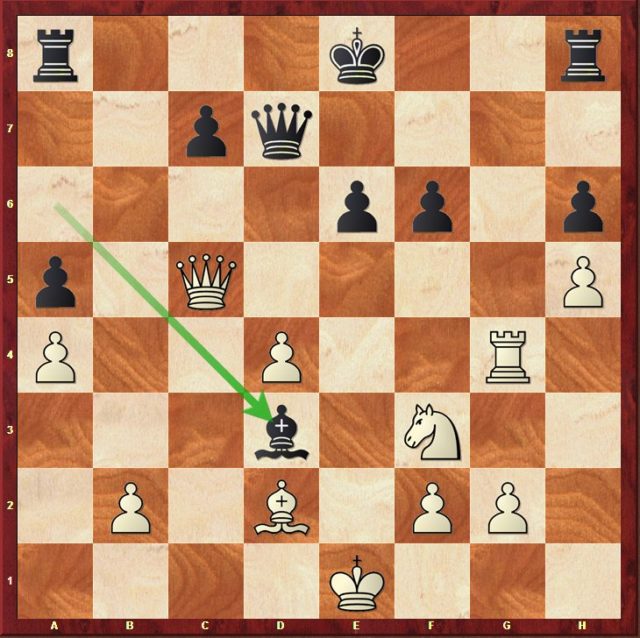
Here I played the « human » move 22.Bxh6? but 22.Rf4! – which I did not consider at all – was much stronger; no tactical line allows Black to protect the f6-pawn (22…Rf8? 23.Ne5! or 22…Qe7? 23.Qc6+ Kf7 24.Ne5+), after which white’s Knight will land on e5. After 22.Bxh6?! I thought he should answer 22…0-0-0! because then 23.Rg7 Qd6 as well as 23.Qxa5 Qc6! keep the position really double-edged. But Nepo preferred 22…Qd6? 23.Bg7 Qxc5 24.dxc5 Rg8 (24…Rxh5 25.Bxf6 Kf7 26.Bc3 and then again, the arrival of the Knight on e5 seems almost lethal) 25.h6 e5 26.Rg3! Fh7 27.Bxf6 Rxg3 28.fxg3 Ra6, and I should have concluded the game with 29.Bg7! Rg6 30.Nxe5 Rxg3 31.Kf2 and white’s pieces dominate the board outrageously. I thought 29.Bxe5? was just as effective, but I underestimated his counterplay after 29…Rxh6 30.Bxc7 Rh1+ 31.Kd2 Rb1. The resulting B+N+p vs. R endgame was undoubtedly a draw, but it posed such practical problems that the Russian could not save it.
¼ Final: So – Mvl 2-0 (3-1 / 2-1)
My only regret in this match is obviously that key moment in the second game of the first leg, in a Grünfeld middlegame that had gone well for me.
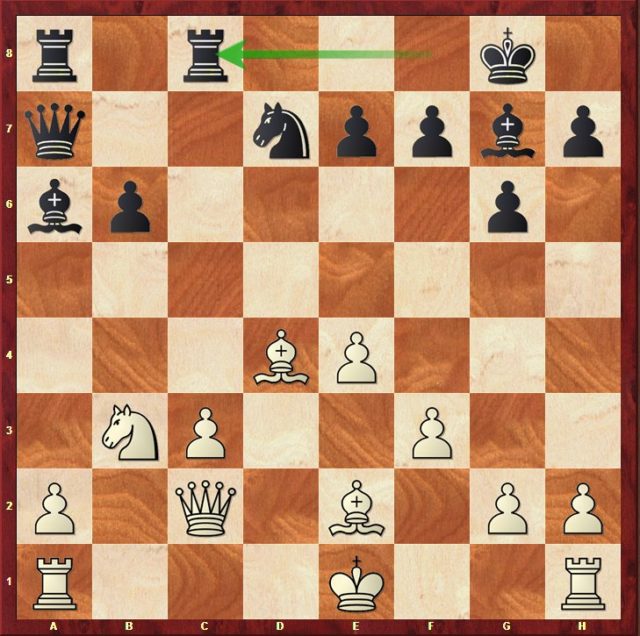
Here white completed his development and connected his Rooks with 19.0-0?.A natural move, but one that faces a clear tactical refutation. I had seen that I would get my pawn back by the simple 19…Bxe2? 20.Qxe2 e5 21.Be3 Rxc3 and so I did not look for anything else. Yet the win was not at all complicated, but certainly counter-intuitive. On a good day, I don’t think it would have escaped me though: after 19…Bxd4+ 20.Nxd4 b5! the small pawn uncovers a double pin that would have won a piece, as white can’t parry the threats 21…e5 and 21…Qxd4 at the same time.
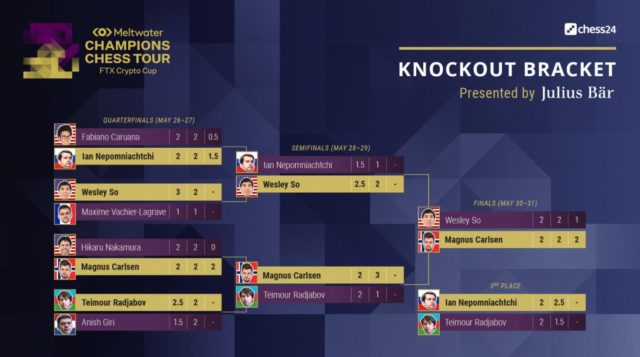
It’s time for me to congratulate Magnus Carlsen on his final victory in a tournament where, for the first time, part of the prize fund was distributed in cryptocurrency!
And to look forward to the next stop in Bucharest, where hostilities will start on 5 June…
Maxime’s games at the Crypto Cup:
Official site: https://championschesstour.com
Already invited in 2020 by the well known Youtubeur Absol on his secondary channel dedicated to chess, Maxime intervened again at the end of May, but this time on the main channel. Quite improbable, the format of this long interview (3h16 and 75 questions!) may seem off-putting. However, many commentators are surprised at how easy it is to get caught up in this video, especially since Maxime is chatting with Absol while playing two blind games against Dicomaniaque, another chess lover streamer posted in the background with his chessboard (in french).
